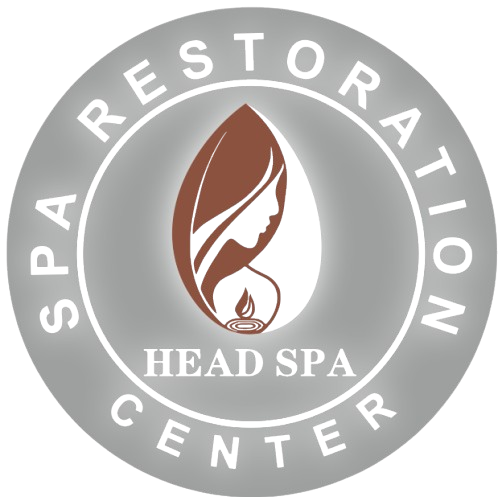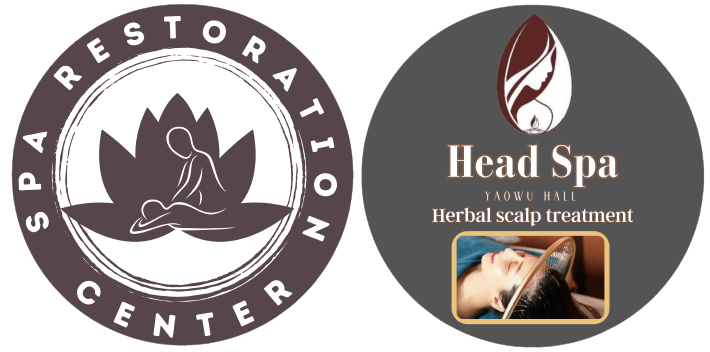
Benefits of Deep Tissue Massage Therapy for Damaged Muscles
Deep tissue massage is not so much the high-context experience of spa-goers as a thing that gets used as a medicinal instrument for muscle tension or tissue repair. The benefits of deep tissue massage have generated massive hype around its so-called benefits for those with mangled muscles, and in conjunction with those massages as a recovery practice, it can’t hurt.
Deep tissue massages target the muscles and connective tissues deeper in your body than the superficial muscles. It best helps for injuries or chronic pain and muscle rehabilitation.
In the following paragraphs we talk about deep tissue massage therapy and some key benefits of taking advantage of it.
What is deep tissue massage therapy for damaged muscles?
It is a technique used to work muscles and connective tissues deep in the body for rehabilitating muscles that are injured: deep tissue massage therapy. Slow and generally firm strokes are used under direct pressure applied to the problem areas of tension in order to break up scar tissue and increase blood flow.
It helps oxygenate the body, stimulating circulation and reducing inflammation and chronic pain, accelerating recovery time. It’s commonly used to treat muscle strain, sports injuries, and other forms of wounds, and also chronic pain in the lower back, neck, or shoulders.
The massage itself can be deep and a little bit uncomfortable due to the pressure; however, it in turn brings that muscle flexibility and mobility back. It’s more of a workout-type soreness, and it does not usually endure longer than 24 hours or 48 hours.
Besides a physical recovery, it will help reduce stress through endorphins; there will be a sense of increased well-being. But it’s very important to talk with a healthcare provider before starting a therapy, especially if the injury is acute, to find out if the therapy will work for you.
Advantages of Deep Tissue Massage for Damaged Muscles
Deep tissue massage is great for tight muscles because it gets to the deep muscle and connective tissue. It is capable of softening stiff muscles, increasing blood flow, and aiding in recovery by reducing scar tissue. Not only that, it also minimizes pain as well as encourages the patients to regain mobility of the affected part; accordingly, it is the best therapy for recovery.
Promotes Muscle Recovery
While rehabilitating a bruised muscle, gently stretching even the wounded area may prove useful during convalescence. Deep tissue massage ushers revitalized blood flow towards the locus of distress, providing oxygen and necessities fundamental to repair. Better circulation equally helps purge the remains of poisons like metabolic discard, entailing lactic acid, which can build up in tissues after laborious physical endeavor.
Athletes or persons restoring from a trauma incurred through a workout may be uniquely served by this kneading. Its goal is to truncate remedial time from muscular weariness or damage by augmenting tissue oxygenation. A complex regimen, the massage alternately stimulates and soothes overworked fibers, hastening the mending process through varied pressures.
Reduces Chronic Pain
Deep tissue massage is also used to treat chronic aches and pain and tension and contracted areas such as a stiff neck and upper back, low back pain, leg muscle tightness, and sore shoulders. It focuses on the deep muscles and is great at easing aches and pains due to overused and tight muscles. Muscle aches often also arise after damage because of scar formation. Deep tissue massage works to remove the scar tissue and return the muscles to normal, while also enhancing lymphatic circulation and drainage.
Studies have shown that regular deep tissue massage can be even more cost-effective than conventional medical options for pain relief and comfort, such as taking medication for your pain, especially if you have issues with your muscles, bones, or joints.
Improves Joint Mobility
Restricted joint range of motion is frequently caused by tight muscles. This can cause symptoms ranging from uncomfortable to impossible to perform daily activities and engage in physical activities for people with injured muscles.
Deep tissue massage targets the muscles that are located below the top surface muscles to help in loosening the muscle bands around the joints and allowing one’s muscles to remain relaxed all the time.
Better joint function is not only important for athletes but also for those with issues that include arthritis or those recovering from surgery.
Lowers Stress and Tension
Injured muscles are not always the result of physical injury. It can also be related to stress. Emotional stress typically creates a tight sensation in the neck, shoulders, back, and other muscles, resulting in even more damage.
Deep tissue massage tackles the physical and mental because it is used to treat the physical and the mental.
By releasing the muscles and focusing on problem areas, the therapy reduces cortisol (the stress hormone) and ramps up the release of feel-good compounds like serotonin and oxytocin. The result? An open body and an open mind.
Aids in Breaking Down Scar Tissue
Scars form naturally in the body after an injury or surgery. But too much scar tissue might limit the muscles’ ability to stretch and hurt or even injure you all over again. Deep tissue massage can be of great benefit as a means to break this tissue up and enable a better quality of tissue to regenerate.
With regular visits, the scar tissue may become more malleable and less likely to pull on the muscles and joints around it. This is especially significant for those who are recovering from surgeries, such as orthopedic post-surgery or tendon repair.

Boosts Circulation
Poor blood circulation is responsible for most of the problems associated with hard muscles and slow recovery time. If the muscles are damaged, they require a consistent supply of oxygen and essential nutrients to heal properly. This can support your lymph system, and deep-tissue massage increases lymphatic circulation while breaking down blood clots and improving circulation, allowing the injured muscle to receive nutrients needed to repair it.
Better circulation even lessens swelling and inflammation from injuries and accelerates repair.
Prevents Future Injuries
Regular deep tissue massage helps prevent the injuries that are caused by exerting undue pressure on muscle groups when engaged in intense physical activities. Massage therapy, by keeping the muscles elastic and less rigid, reduces the risk of the muscles in the body tearing or straining from overuse or sudden movement.
For people who train or exercise regularly, deep tissue massage is a great maintenance tool to help keep muscles in peak condition in order to perform at the highest levels.
What to Expect During a Deep Tissue Massage Session
In a treatment session, the massage therapist generally starts by applying light pressure to warm up the muscles and then gets to the deeper work of massaging particular points based on the desires of an athlete’s body that is tight or injured. You’re also supposed to let the therapist know if the pressure is too much; as uncomfortable as that may be, a massage should not hurt.
It does so by burrowing into deeper tissues; some recipients feel a tad sore afterward, in a good way. This is completely normal, and it usually goes down after a day or two. It’s also a good idea to drink a big glass of water after a massage in order to flush your body of toxins and reduce soreness.
Tips for Maximizing the Benefits of Deep Tissue Massage
If you’re seeking privacy and a deep massage, drink plenty of water (pre- and post-massage) to help release toxins. So talk with your therapist about how much pressure you like and where you would like to concentrate. Relax after your massage, and on occasion, apply a hot or a cold compress to soothe any aching. Persistence can result in the long run.
- Receive a massage on a regular basis to help you prevent any number of things that can go wrong with your muscles.
- Keep hydrated before and after class to help aid in muscle recovery.
- Include it in your regimen along with any other treatment you receive, such as physical therapy or stretching.
- Be sure to tell your therapist if you have any areas that are uncomfortable or if you have any problem areas that they should pay special attention to.
Final Thoughts
Deep tissue massage therapy is a great source of health benefits for those with stressed-out or injured muscles. By focusing on specific muscle levels and promoting circulation, it can aid the recovery period, reduce pain intensity, and improve the range of motion. Recovery time: Whether you are a sportsman recovering from injury or simply need some therapy to relieve the stress and strain of everyday life, this treatment is for you.
For best results, why don’t you even give a deep-tissue massage a try from a dedicated, licensed massage therapist? Regular appointments will help you cope with the long-term pain and feel confident as you step up your muscle health in all other areas of your life.



Leave a comment